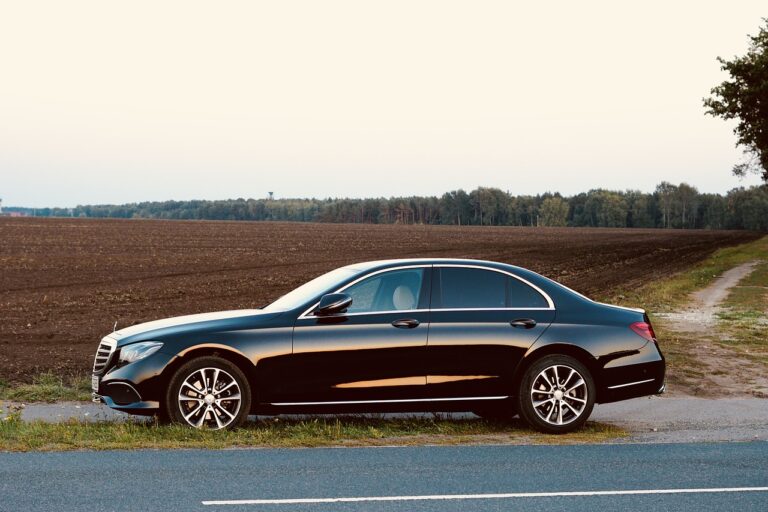The Evolution of Car Subscription Models: From Ownership to Access
Traditional car ownership has long been considered a symbol of independence and status for individuals. Owning a car provided the convenience of being able to travel wherever and whenever desired, without relying on public transportation. For many years, the concept of car ownership was deeply rooted in society, with families often owning multiple vehicles to cater to different needs and preferences.
Over time, however, the landscape of car ownership has started to shift. As urbanization increases and environmental concerns grow, many individuals are reconsidering the necessity of owning a car. The costs associated with car ownership, such as insurance, maintenance, and parking, have also contributed to a shift in mindset. In response to these changes, alternative transportation options such as car-sharing services and ride-hailing platforms have gained popularity as more convenient and cost-effective alternatives to traditional car ownership.
Emergence of Car Sharing Services
Car sharing services have rapidly gained popularity in recent years, offering individuals a convenient and cost-effective alternative to traditional car ownership. This innovative concept allows users to access vehicles on a short-term basis, providing the flexibility to use a car only when needed without the financial burden of maintenance, insurance, and parking fees. By utilizing technology platforms, car sharing services have made it effortless for users to locate, reserve, and unlock vehicles, making them an appealing choice for urban dwellers and environmentally conscious individuals.
One of the key advantages of car sharing services is the reduction of traffic congestion and carbon emissions in cities. By promoting a shared approach to transportation, these services contribute to a more sustainable urban environment by decreasing the number of private vehicles on the road. Additionally, car sharing can help alleviate parking shortages and minimize the need for new parking infrastructure, leading to a more efficient use of urban space. As more people embrace the convenience and eco-friendly benefits of car sharing, it is likely to become an integral part of the future of urban mobility.
What is the traditional model of car ownership?
The traditional model of car ownership is where individuals own a car for personal use, paying for insurance, maintenance, and other associated costs.
How has the traditional model of car ownership evolved over time?
The traditional model of car ownership has evolved with the emergence of car sharing services, which allow individuals to access vehicles on a short-term basis without the commitment of ownership.
What are some benefits of car sharing services compared to traditional car ownership?
Some benefits of car sharing services include cost savings, convenience, and reduced environmental impact by promoting shared vehicle usage.
How do car sharing services work?
Car sharing services typically involve a fleet of vehicles that are available for use by registered members. Users can book vehicles for specific time slots and pay for usage based on factors such as time and distance traveled.
Are car sharing services available in all locations?
Car sharing services may not be available in all locations, as they are more commonly found in urban areas where there is a higher demand for alternative transportation options.





